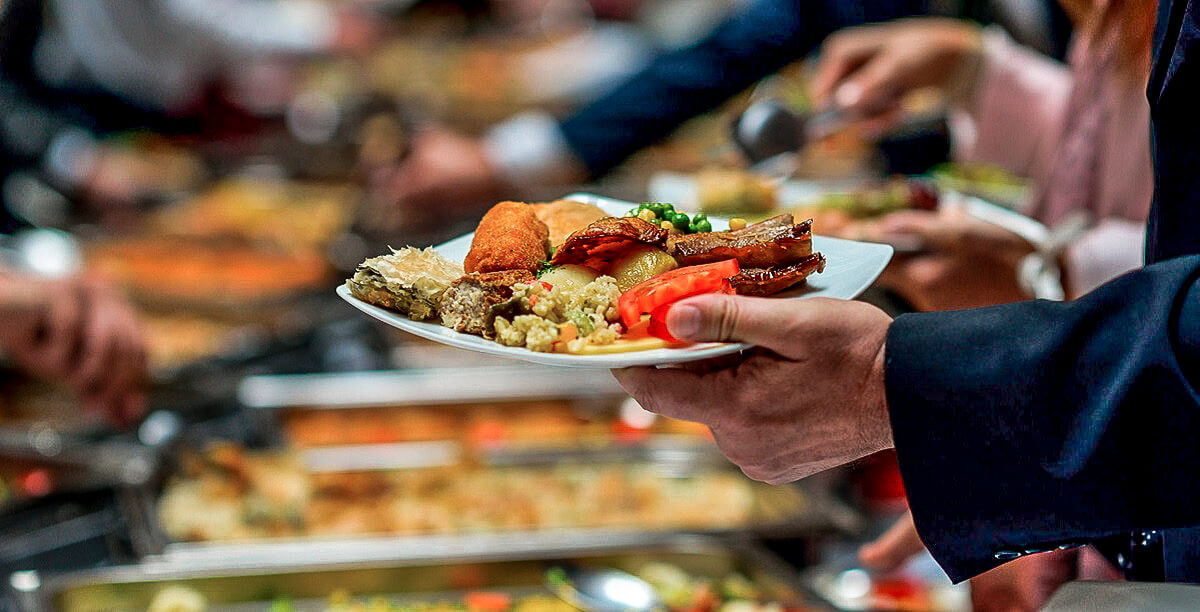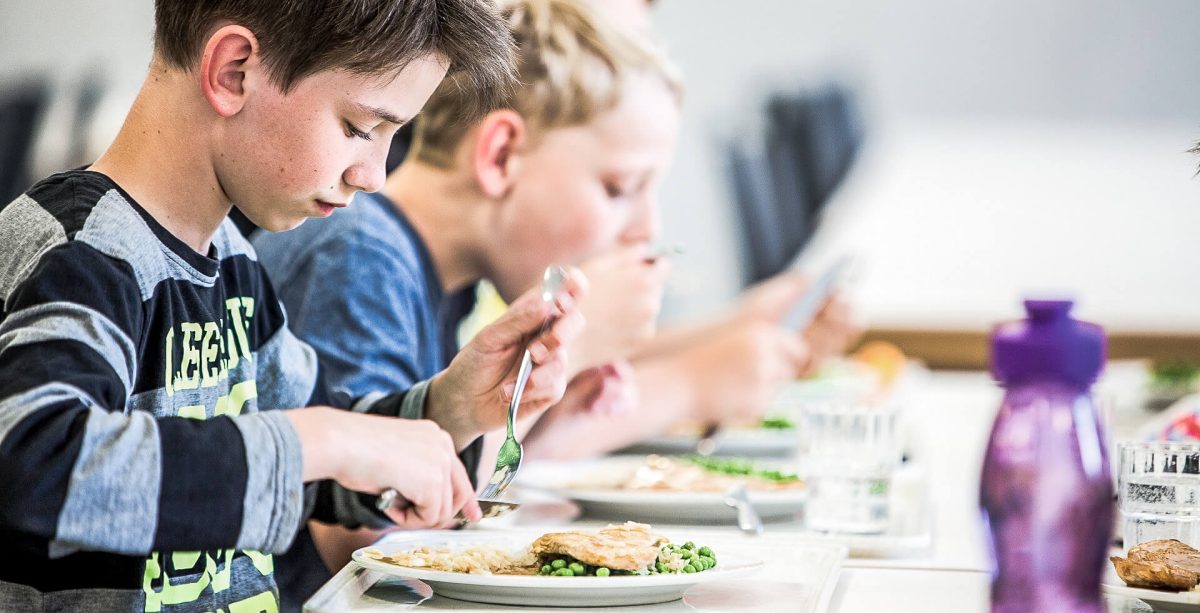In the past, the production of school meals was primarily based on the question: “How much?”. Quantity came before quality. Topics such as health, sustainability or regionality were secondary. If they were considered at all. But those times are over. The key questions relating to the daily school meals today are “What?” and “How?”.
According to a report by the World Health Organization (WHO), one third of European children of primary school age now live with obesity or adiposis. The trend is rising in many countries. “We urgently need better approaches to reverse the current trends,” says Dr. Kremlin Wickramasinghe, acting head of the WHO’s European Office for the Prevention and Control of Noncommunicable Diseases According to experts, being overweight in childhood increases the risk of cardiovascular diseases, diabetes and cancer.
One of the possible solutions: Take action where children spend most of their time outside their own four walls. And where the people responsible have opportunities to act outside of family life: At school. 420 million children worldwide currently receive daily school meals. Many countries have therefore been focusing on the quality of food in recent years, especially in the school sector. As recorded by the Joint Research Center, one of the Directorates General of the European Commission, standards and guidelines on school meals are in place in all EU Member States, as well as in the United Kingdom, Norway and Switzerland.
Sieh dir diesen Beitrag auf Instagram an
School meals reimagined: Bottom up instead of top down
One thing is clear: Raising awareness with instructions ‘from the top’ is a difficult task, even with adults. However, when it comes to school meals, the priority should naturally be to reach those that are directly affected: Children and adolescents. The approach of training them in how to handle food is applied in Scandinavia, among other places. One special feature of Swedish school catering is the “pedagogic lunch”: While teachers elsewhere retreat to their rooms during meal breaks and keep to themselves, in Sweden they usually eat with the students. This time is used to talk about sustainable and healthy nutrition.
Norway, also a Scandinavian country, is another example of how young people can be attracted to culinary education. Namely in the form of Norwegian Michelin-starred chef Heidi Bjerkan, who has set herself the task of teaching students the value of food alongside her profession. In the culinary schools she founded, Bjerkan brings young people closer to food in a holistic approach, while creating an understanding of sustainability and one’s own health. In short, The top chef teaches the joy of food and working with food.
Sieh dir diesen Beitrag auf Instagram an
Food education
Top chef: In the UK, they are going one step further and literally sending award-winning chefs out into the schools. The “Chefs in School” program sends top professionals in the gastronomy industry into schools. Here, they not only cook themselves, but also train the teams on site in healthy and sustainable cooking. What’s more, they also give the students a real taste for the topic of food. “The more often we talk about where the food comes from in the classroom and at lunchtime, the more interest children develop in trying things out for themselves,” says Nicole Pisani, co-founder of the program and a top chef herself. Her partner Louise Nichols, Chairman of the Leap Federation of Schools, tells KTCHNrebel “We wanted children to hold, taste and smell vegetables and fruit and really feel what it is.”

Image: AdobeStock | .shock
France also focuses on teaching children and young people not to see eating as a means of merely taking in nutrition. As the French system is geared towards all-day schools, French schools have a really long lunch break: In two-hour breaks, the school canteens even offer multi-course menus, with portion sizes varying according to age. 50 percent of the food used must come from sustainable and/or regional production, at least 20 percent from organic farming. Snack vending machines have been completely prohibited at French schools since 2005.
Caterers are in demand
What the different countries have in common: School meals are usually organized by the municipalities and prepared and delivered by external, private service providers. Due to the increased awareness among pupils and their parents, the demands on caterers have been increasing for years; sustainable, health-conscious options are increasing. In Germany, for example, companies such as “Die Schulköchen” in Berlin or the organic caterer “biond” from Kassel are extremely popular.
Sieh dir diesen Beitrag auf Instagram an
The German Nutrition Society (DGE) also published a “quality standard for catering in schools”, which includes guidelines for planning, purchasing and preparation, as well as service and disposal of food. One thing is clear: The importance placed on the topic of nutrition in school itself must continue to increase. “In schools, food and nutrition are both fields of action and education,” explains German nutritionist Ulrike Arens-Azevedo, a proven expert in school meals. “That’s why a close connection between catering and nutritional education is essential, because the place where people eat is always also a place of learning.”











